Summary
This fishing area is home to a variety of fish species, including rainbow trout, brown trout, and cutthroat trout, making it a popular spot for fly fishing enthusiasts. Aside from fishing, visitors can also enjoy hiking, camping, and wildlife viewing in the nearby Gila National Forest.
For those planning a fishing trip, it is recommended to bring a variety of fly patterns, including dry flies, nymphs, and streamers. The best time of year to visit Hidden Lakes Fishing is from May to October, with average temperatures ranging from 50 to 80 degrees Fahrenheit. During the summer months, anglers may want to fish in the early morning or late evening to avoid the heat and increase their chances of catching fish.
As for fishing tips, it is recommended to fish near the inlet and outlet of the lakes, as well as in deeper water near drop-offs. Anglers should also use light tackle and fluorocarbon leaders to increase their chances of catching fish.
Overall, the Hidden Lakes Fishing area is a must-visit for any angler looking for a peaceful and scenic fishing experience in New Mexico. With its diverse fish species, nearby activities, and beautiful natural surroundings, it is sure to be a memorable trip for all.
Weather Forecast
Nearby Streamflow Levels
 Rio Chama Near La Puente
Rio Chama Near La Puente
|
68cfs |
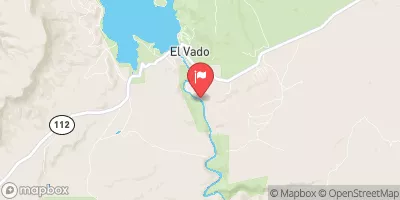 Rio Chama Below El Vado Dam
Rio Chama Below El Vado Dam
|
103cfs |
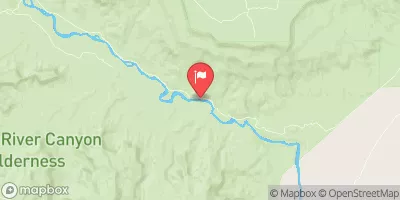 Rio Chama Above Abiquiu Reservoir
Rio Chama Above Abiquiu Reservoir
|
105cfs |
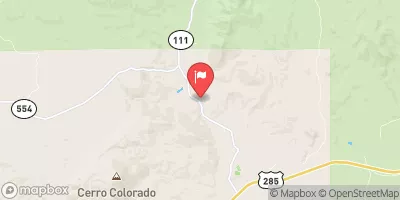 Rio Ojo Caliente At La Madera
Rio Ojo Caliente At La Madera
|
20cfs |
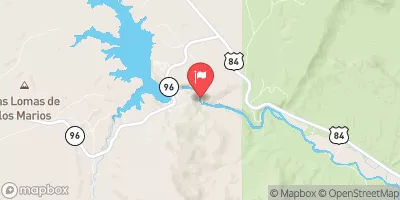 Rio Chama Below Abiquiu Dam
Rio Chama Below Abiquiu Dam
|
74cfs |
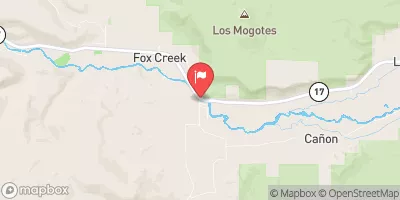 Conejos River Near Mogote
Conejos River Near Mogote
|
103cfs |
Angling Safety Guidelines
Check local fishing rules, seasons, size limits, and license requirements to ensure legal and sustainable angling.
Handle Fish Responsibly
Use wet hands, minimize air exposure, and release fish gently to improve survival rates when practicing catch-and-release.
Choose the Right Gear
Match your rod, line, and tackle to the species and conditions to increase success and reduce unnecessary harm to fish.
Respect the Waterway
Avoid disturbing habitat, prevent bank erosion, and keep a safe distance from spawning areas to protect ecosystems.
Keep It Clean
Pack out all line, hooks, bait containers, and trash—discarded gear can injure wildlife and degrade waterways.
Related Links
Area Campgrounds
| Location | Reservations | Toilets |
|---|---|---|
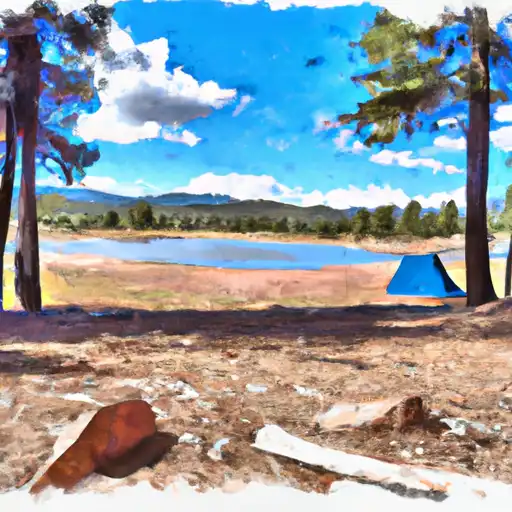 Trout Lakes
Trout Lakes
|
||
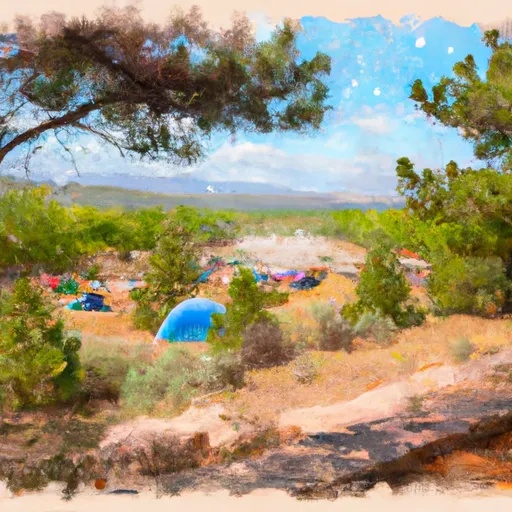 Trout Lakes Campground
Trout Lakes Campground
|
||
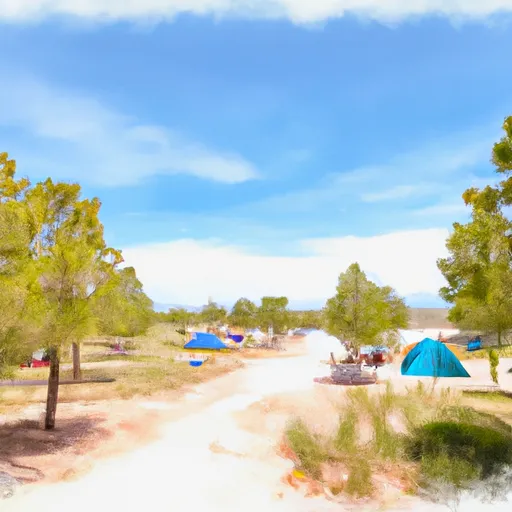 Canjilon Lakes Campground
Canjilon Lakes Campground
|
||
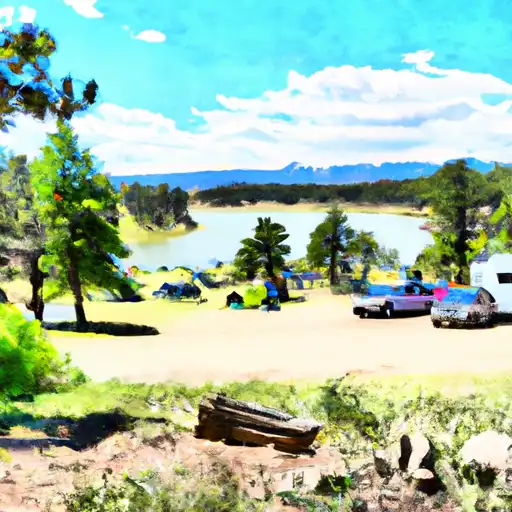 Canjilon Lakes
Canjilon Lakes
|
||
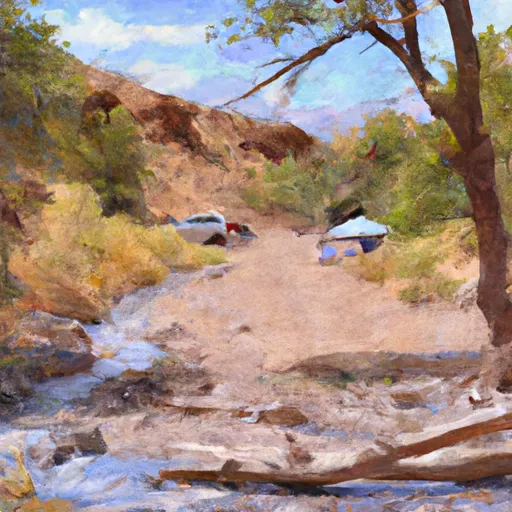 Canjilon Creek
Canjilon Creek
|
||
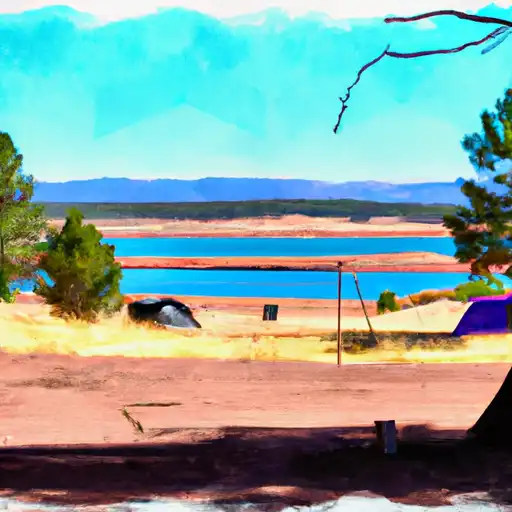 Hopewell Lake
Hopewell Lake
|

 Upper Trout Lake Dam
Upper Trout Lake Dam